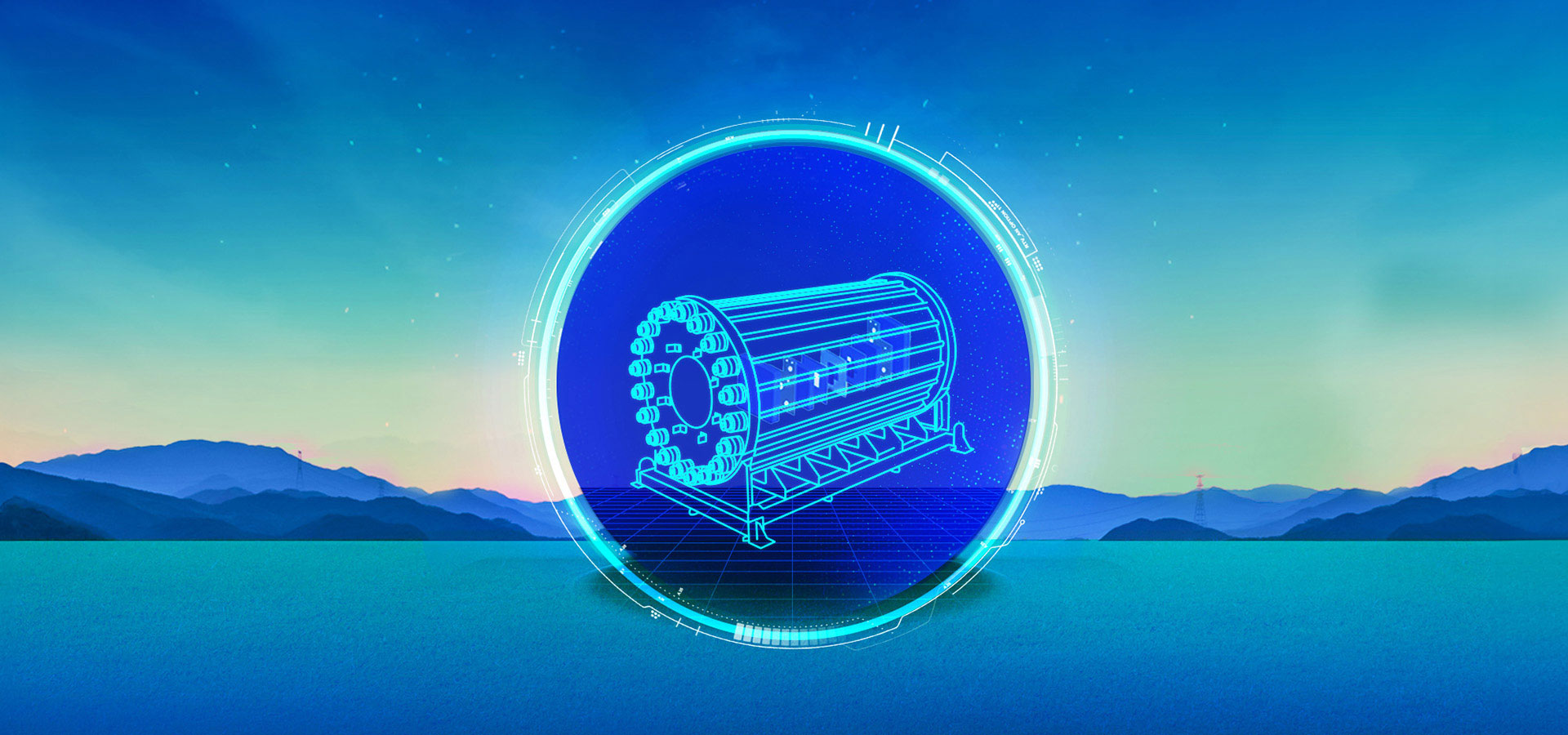Innovative Electrolyzers for Green Hydrogen Production
In a four-part series, experts reveal how the virtual twin delivers electrolyzers of the future to meet the demands of green hydrogen production.
In the dynamic landscape of green hydrogen production, electrolyzer manufacturers are at the forefront of a transformative shift.
By 2050, hydrogen will account for 10% of the world’s final energy consumption, with two-thirds coming from green hydrogen. The transition to clean hydrogen and investments into green hydrogen worth $240 billion are driving the need for safe, energy-efficient and innovative electrolyzers.
As the global demand for green hydrogen skyrockets, you must increase the competitiveness of your hydrogen production equipment to seize this golden opportunity and capture market demand. This involves enhancing product development from every angle, including design, manufacturing and after sales. But how well can your teams optimize product development before an electrolyzer is physically produced? The virtual twin is the key to delivering innovative electrolyzers.
Watch Experts Reveal Hydrogen Production Insights
Using the virtual twin as a lens to innovate, manufacture and future-proof your electrolyzers, you can identify blind spots while ensuring reliability and durability.
The Power of the Virtual Twin
To thrive in the rapidly evolving landscape of green hydrogen production, you must prioritize competitiveness. Competitiveness extends beyond merely offering cost-effective equipment; it encompasses innovation, efficiency and sustainability.
This is where the virtual twin comes into play as a game changer to achieve these objectives.
Seamlessly intertwining real and virtual worlds. It empowers your teams to make real-time data-driven decisions, from fine-tuning electrolyzer designs to optimizing manufacturing processes and reducing unplanned downtime.
With its capacity to visualize, simulate, model and analyze, the virtual twin is a gateway to unlocking unprecedented innovation in green hydrogen production.
A Trusted Partner for Green Hydrogen Production
As your customers seek to amplify the production of green hydrogen, you must produce cutting-edge electrolyzers that are not only efficient and safe but also cost-effective.
By innovating through the lens of the virtual twin on the 3DEXPERIENCE® platform, you gain an end-to-end view across equipment design, manufacturing and after sales.
This allows you to offer innovative electrolyzers while increasing overall equipment effectiveness (OEE). By doing so, you can meet the surging demand for green hydrogen production and solidify your role as a trusted partner in the clean energy transition.
